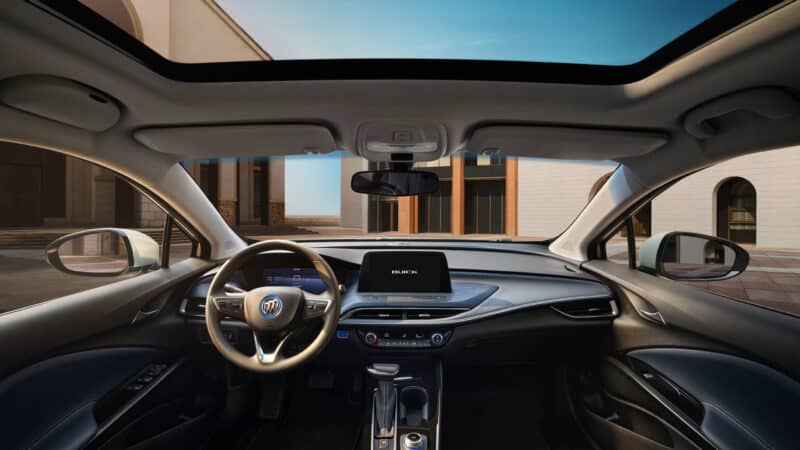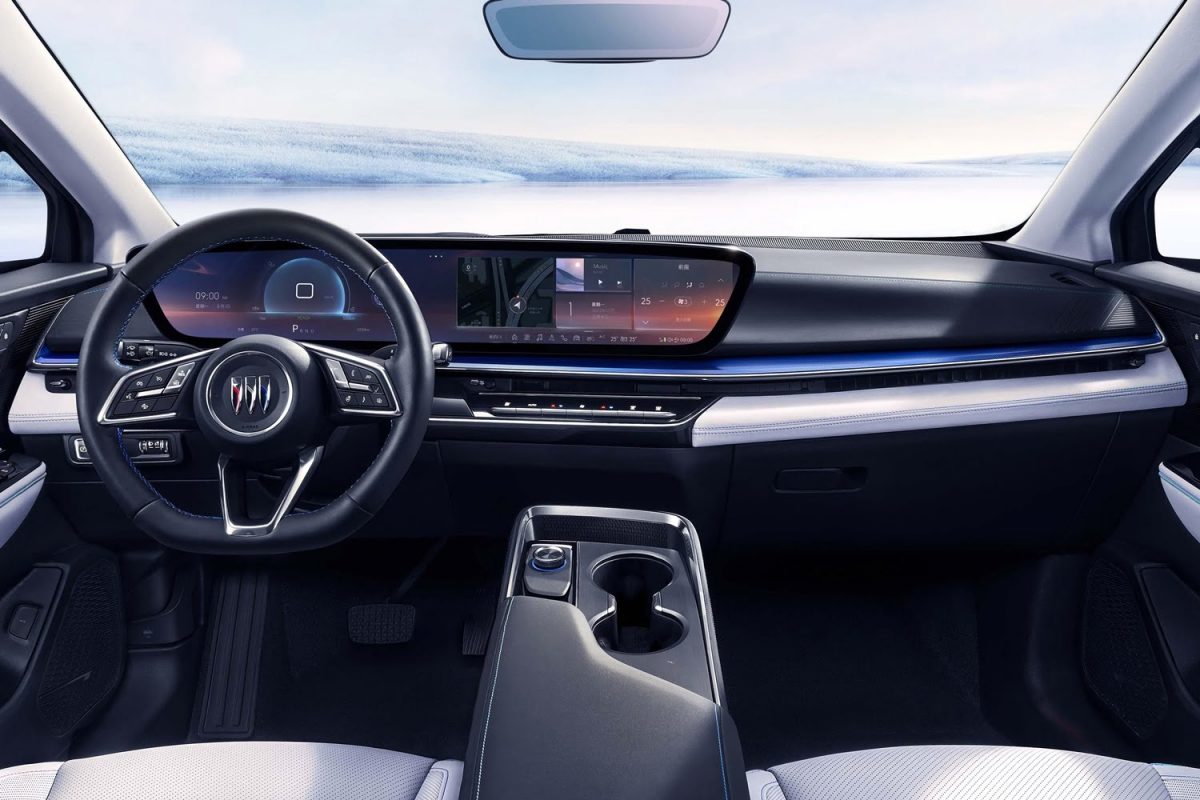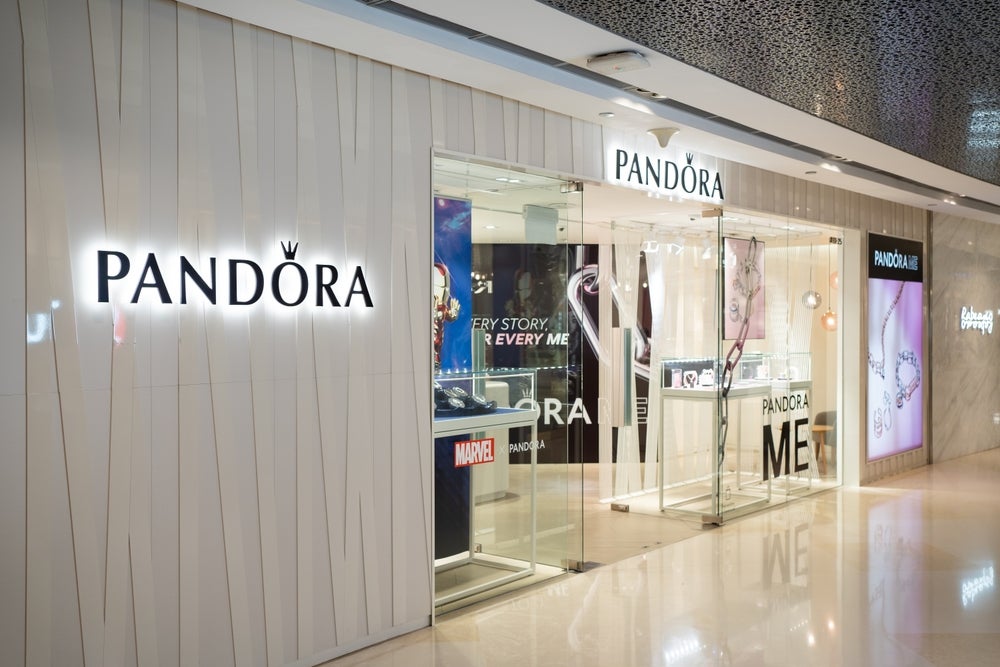Sign up for daily news updates from CleanTechnica on email. Or follow us on Google News!
If you ever had the suspicion that there are BEVs that international automakers sell in China but don’t want to offer to those of us in other markets, well … you were right.
As Zach recently reminded us, China is currently the epicentre of the global EV revolution, representing 60% of the world’s plugin vehicle sales in 2023.
It’s also by far the most price-competitive plugin vehicle market, with BEVs, PHEVs, and EREVs (BEVs with a range-extender generator) already competing on price with traditional combustion vehicles across most segments of the auto market.
Plugins are even overtaking sales of combustion-only vehicles in the most affordable segments — those segments with price points under 80,000 RMB (under €10,500 or $11,250). I recently covered some examples of great BEVs in these affordable segments.
In short, not only is the Chinese auto market by far the world’s largest, but it is also one of the most advanced in the EV transition. International automakers thus have no choice but to offer BEVs if they want to stay relevant in this crucial market. That’s the case even for auto brands which are dragging their feet on offering BEVs elsewhere in the world.
Zach recently reported on Honda planning to offer compelling new BEVs “in China, for China” even whilst the company has a reputation as a notable laggard in the global EV transition, with meagre BEV offerings in the rest of the world’s auto markets.
In this article, we’re going to look at the many BEVs that international automakers already sell in China but don’t want to offer to consumers in other markets. Some of these may start to be offered in China’s neighbouring regions, but ironically, not in the automakers’ own home markets.
Some of these may surprise you.
Buick (General Motors)
Did you know that General Motors already makes and sells Buick BEVs?
The Buick Velite 6, at 4,673 mm (184 inches) long, is roughly the size of the Tesla Model 3, and comes with over 200 miles (320 km) of range from a 50 kWh LFP battery. Its MSRP is 112,800 RMB, which is under $16,000 (under €15,000)!
These Buick BEVs are not just some fly-by-night GM concepts, or marketing experiments. The Buick Velite 6 has been on sale for over a year already, and it currently sells close to 10,000 units per month!

The Buick Velite 6 recharges from 30% to 80% in 30 minutes, so is capable of longer journeys if required.
The interior is fairly modern looking, and well appointed:

What’s that, you say? 50 kWh is not enough for you? How about the Buick Electra E4, which is a bit bigger (4,818 mm or 190 inches), with battery options from 65 kWh to 80 kWh and real-world range of close to 300 miles (500 km):

The Electra E4 sells for an MSRP from 159,000 RMB (€21,000 or $22,400). It has been on sale since July 2023, and like its smaller sibling, it too has a pretty nice interior:

If that’s still not big enough, there’s the Buick Electra E5, on sale since June 2023, which is a few inches longer and with a more boxy rear, starting from 169,900 RMB (€22,333 or $23,800):

If, on the other hand, you want something much, much, smaller, remember that General Motors is one of the owners of the SGMW Wuling brand, which dominates the sub-compact BEV market in China, with the likes of the Wuling Mini. The Mini starts from an MSRP of 32,800 RMB (€4,330 or $4,620).
Still small, though more suitable for all-around tasks (including occasional highway trips), is the newer Wuling Bingo, which is 3,950 mm long (156 inches), with a battery up to 37.9 kWh and an MSRP from 88,800 RMB (€11,700 or $12,500):

Stepping up in size to something “compact” rather than “small” is the Wuling Baojun Cloud, at 4,265 mm (168 inches) in length, close to the size of the 1st-gen Hyundai Kona. The Cloud has battery options up to 50.6 kWh, capable of 200+ miles of real-world range, for an MSRP of 115,800 RMB (€15,300 or $16,300):

Finally, if you like GM but want a more premium feel, you can always go for the Cadillac Lyriq (from $41,900) or Optiq (now launching in China, no pricing info yet). Although, these Cadillac models aren’t exclusive to the China market.
A quick note on Ford. The company does sell the Mustang Mach-e BEV in China, at a volume of around 100 units per month. It also offers its electric Transit van (starting from October 2023). Although, this hasn’t seen any traction so far, in terms of sales. In 2020, Ford launched an electric version of its Territory compact SUV, but it never really got much interest and has sold just 2 units in 2024.
Japanese Brands: Honda, Toyota, Nissan
Moving on from the US brands, how about BEVs from Japanese brands? It’s true that many of the Japanese brands have been slow walking the EV transition (despite Nissan being an early pioneer). But since China is the world’s largest auto market and the transition is already well advanced, they have to get on with making and selling BEVs in order to stay relevant. As a result, there are indeed several BEVs that Japanese automakers sell in China but not elsewhere.
As mentioned earlier, Zach has just reported on Honda’s plans to launch 3 new BEVs in China (and only in China) in the coming year or so. Like several other Japanese brands, Honda has a reputation for dragging its feet on BEVs, still focused on traditional hybrids whilst dreaming of a (now fast evaporating) future of hydrogen fuel cell vehicles.
Honda has been selling the e:Ny1 in China, as it has been doing in other markets, although the vehicle is renamed the “e:Ns1” in China. It sells for an MSRP starting from 175,000 RMB (€23,100 or $24,650).
Exclusive to China, however, is the already selling Honda M-NV, a compact SUV (4,324 mm or 170 inches) — again, similar in size to the 1st-gen Kona. The M-NV has a 61.3 kWh battery, good for 250+ miles of real-world range, for an MSRP of 149,800 RMB (€19,800 or $21,100):

The Honda M-NV can recharge from 30% to 80% in 30 minutes, so is suitable for occasional longer journeys. It has been on sale in its current form since September 2023.
The interior is fairly elegant, if simple:

Toyota is famously hostile to BEVs, having been stuck in a decades-long accumulating sunk-cost fallacy regarding hydrogen fuel-cell vehicles. Only recently has Toyota started to acknowledge that the EV transition is happening despite its dogmatic resistance, and has (reluctantly) made moves to try to catch up.
In mid 2022, Toyota started selling its first serial production BEV, the bZ4X SUV, in several regions globally. The model is also sold in China (from the end of 2022). With a length of 4,690 mm (184.6 inches), and a base battery option of 50.3 kWh, the bZX4 has a starting MSRP of 199,800 RMB (€26,300 or $28,000).
In the Chinese market, however, there is another Toyota BEV on sale, this one a sedan, and less expensive than the bZ4X. With customer deliveries starting in April 2023, the Toyota bZ3 sedan has an entry 50 kWh battery option for an MSRP of 169,800 (€22,400 or $23,900), and a larger 65.3 kWh option for 189,800 RMB (€25,000 or $26,700). The bZ3 is a bit longer than the bZ4X, at 4,725 mm (186 inches).
Interestingly, the bZ3 sedan far outsells the bZ4x SUV in the Chinese market. March saw it shifting almost 4,300 units, compared to just 23 units for the SUV.
Here’s a side by side comparison of the Toyota BEV siblings:

The interior of the bZ3 looks decent:

If the Toyota brand isn’t fancy enough for you, Lexus also sells the RZ in China. Though, this one is of course also sold in global markets.
Rounding out the Japanese brands, Nissan also offers many more BEVs in China than it does in other auto markets. Nissan does sell the international model, the Ariya SUV, in China, though not the LEAF. The Ariya starts from 199,900 RMB (€26,400 or $28,150) for the entry 65 kWh battery, and 224,900 RMB (€29,700 or $31,700) for the larger 90 kWh battery. The Ariya sells in the low hundreds of units per month in China.
Besides the Ariya, however, Nissan also sells a sedan and two other SUVs in the Chinese market. Nissan’s Venucia D60 EV sedan is 4,774 mm long (188 inches) and has a base battery of 47 kWh, starting from 139,800 RMB (€18,500 or $19,700).

Over the past year, the Venucia D60 EV has sold around 2,000 units per month, and is about to be refreshed. The interior does now look a little bit dated:

There’s also a smaller SUV than the Nissan Ariya, the Venucia T60 EV. This has a length of 4,415 mm (174 inches), fractionally longer than the current generation Kia Niro. It is currently offered in a single variant, with a battery of 60.7 kWh and an MSRP of 189,800 RMB (€25,000 or $26,700).

The T60 EV has only been selling around 100 units per month, perhaps because the pricing is too high relative to competitors.

If, on the other hand, you are looking for something slightly larger than the Ariya, there is Nissan’s recently launched Venucia VX6, which measures 4,658 mm (183 inches). This comes with a 62 kWh battery, with an MSRP from 169,800 RMB (€22,400 or $23,900).

Due to the more competitive pricing, this one already outsells its older, smaller sibling, the Venucia T60 EV. The VX6 sold almost a thousand units in the month of December. In contrast to its more traditionally furnished siblings, the VX6 has a somewhat minimalist interior:

How about other Japanese brands? Mazda offered its first BEV, the underwhelming MX-30, for sale in some global markets in late 2020, years behind most legacy auto brands.
In the case of Mazda, consumers outside China are not in fact missing out. As in the rest of the world, the Mazda MX-30 is still the only Mazda BEV on sale in China, although it is simply called the CX-30 EV here (an arguably more honest name).
Subaru doesn’t do much business in China, only selling 268 passenger vehicles in March. No BEV is offered. Mitsubishi is in a similar position, with only 86 cars sold in China in March, and no BEV.
Suzuki has not operated in China since 2018. Daihatsu stopped operating in China even earlier, in 2009. The latest to fall by the wayside is Mitsubishi, which stopped making cars in China in March 2023, and confirmed their withdrawal from the market in September.
The existence of BEVs exclusive to the China market doesn’t end with US and Japanese brands. There are several BEVs that European automakers sell in China which aren’t available in their home markets. Kia doesn’t (yet?) have BEVs exclusive to the Chinese market, but does offer models in China and in Korea long before they are offered in other auto markets.
Since we are already running long in this article, I will leave coverage of these other global auto brands for part two of this series. Keep a lookout for the next update in the coming days.
Article images courtesy of respective brands.
Have a tip for CleanTechnica? Want to advertise? Want to suggest a guest for our CleanTech Talk podcast? Contact us here.
Latest CleanTechnica.TV Video
CleanTechnica uses affiliate links. See our policy here.





